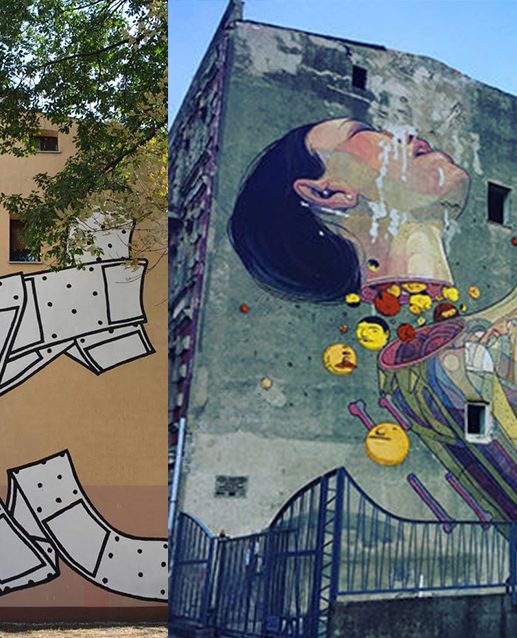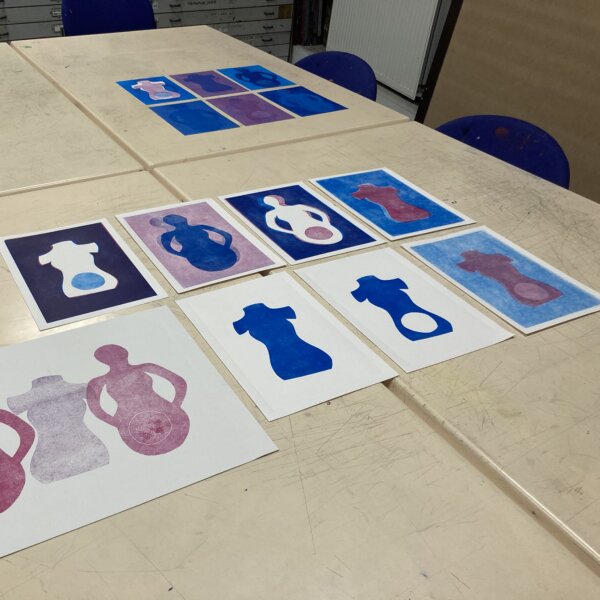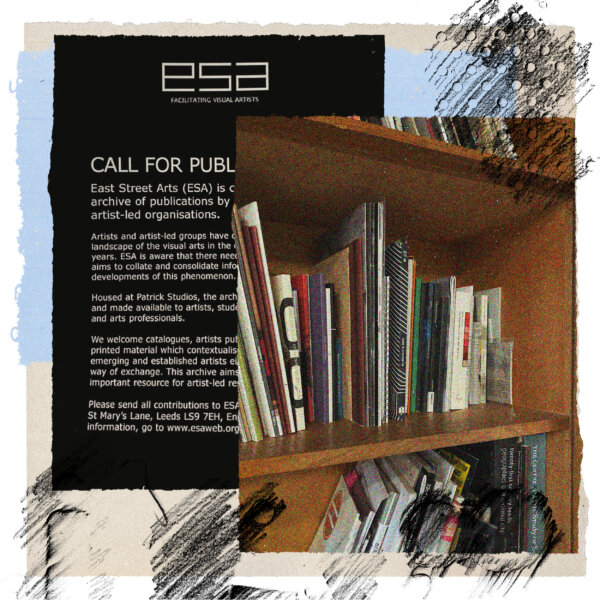Organised by the University of Łódź (Department of Ethics, Institute of Philosophy), the Urban Forms Foundation and the Strzemiński Academy of Art, the conference was attended by researchers, artists and representatives from organisations across Europe from 22nd -24th September 2016. Hayley discusses the experience of visiting the fascinating city of Łódź, why she visited, who she met, and how it left her feeling.
One Megabus, National Express coach and Ryanair flight later, my colleague and I arrived in Łódź: Poland’s third largest city and known as the former capital of textile manufacturing in the country. We were there for the 2nd International Aesthetic Energy of the City Conference, where we had been invited to talk on the subject of artistic and cultural integration in Leeds. After checking into our Airbnb, and an interesting incident involving keys trapped in a post box, we headed for Łódź’s main street, Piotrkowska. This street is a great introduction to Poland’s beautiful pre-war architecture – and the cities’ best beer and pizza spots. The very next day, bright eyed and bushy tailed, we walked to the Centre for Arts and Sciences at the University of Łódź for the start of the conference.
Łódź is a beautiful and fascinating city. At its core are its large factory buildings, over 150 in total, which loom on every street, and have now become apartments or shopping centres. There are also a number of highly decorative palaces and villas which housed the cities’ wealthy factory owners. The most impressive of these have been made into public buildings, such as the Museum of the City of Łódź, housed in the former palace of factory owner, Izrael Poznanski. Thrown into this mix are the towering, grey soviet-style apartment blocks which litter the city. These apartments are particularly prevalent in the Baluty district of Łódź, which was redesigned following the war in an attempt to erase the memory of the ghetto which existed there. Łódź has a complicated relationship with memory and place, one which is perhaps exasperated by the recent programme of large-scale urban art murals which dominate the facades of buildings across the city.

When we arrived at the conference we were met by a number of organisers including Wioletta Kazimierska-Jerzyk from the philosophy department at the University, Aleksandra Sumorok, from the Strzemiński Academy of Art, and Teresa Latuszewska-Syrda of Urban Forms Foundation. We were escorted to the conference hall where we were to spend the coming days exploring topics from ‘transhumanist places of the future’ to ‘cuteness in urban spaces’. The talks we saw at the conference were fascinating insights into philosophical and political approaches to urban art and regeneration efforts across Europe, from the Bon Pastor area of Barcelona to the streets of Łódź themselves. It was this environment of focus and sharing that we presented our paper: Renovation, Shaping and Cultural Integration: Creative Development of Leeds’ Architectural and Social Habitats.
I spent time introducing the hall to East Street Arts, the work we achieve and the organisation’s mission to put an artist on every street corner; integrating them into the very fabric of policy-making and shaping of a city. Our new urban art project, a City Less Grey, was discussed as part of this idea of city-shaping. Our presentation was met with much discussion at the following coffee break, where fellow attendees asked more questions about Leeds and its creative potential and energy. Many parallels were drawn between the cities of Łódź and Leeds, both of which are famed for their connection to textiles and manufacturing industries. These two cities, heavily industrial in their beginnings, now boast a growing independent and art scene.
I’ve already seen that one, so I’m bored of it now Young girl looked up to a mural in Łódź
Our return to Leeds was slightly easier than our outward journey, this time only a flight and short train ride away, which gave us time and space to consolidate ideas around the fascinating discussions we had and things we saw. The murals across the city stuck in my mind and left me with questions about the many ways they both did and didn’t work to regenerate Łódź, and how something like this might make Leeds a brighter and more creative space. Łódź had focused on ‘urban art’ as painted murals, but was beginning to move into new territory with work such as Jerzy Janiszewski’s Concerto for Ribbons, a piece consisting of a large frame spread across a market square, dangling 50 kilometres of coloured ribbon which ethereally dance and sway in the breeze.
I believe that this is the direction to move with urban art in Leeds: a programme of painted murals and ‘other stuff’ to compliment and truly implement ideas of artistic development and creative integration within the fabric of the city. The conference brought up the question: what do the people of Łódź think about their murals? Much of the responses were the same: the people like the murals but take them for granted. The paintings are present, but high up and separate from the lower street and the daily lives of the people. As one conference speaker noted, whilst holding a workshop with children in Łódź, a young girl looked up to a mural and said to him, ‘I’ve already seen that one so I’m bored of it now.’
Is art in a public space valid?
If met with boredom can art break through it?
What qualities would this art need to create the momentum to do so?
Other things!
-
News
Artist-Led Housing: Histories, Residencies, Spaces - available to buy!
Architectural researcher Dr Jonathan Orlek's brand-new publication, Artist-Led Housing: Histories, Residencies, Spaces is now available to buy.
-
News
Taipei Residency: Artist Call Out
Are you an artist using sound and audio-visual media at the core of your practice? Do you want to collaborate with communities and other artists to develop new artworks? Apply now! Deadline 12pm, Sunday 5 May 2024.
-
News
Leeds Creative Labs Follow on Fund: Herfa Martina Thompson Dr Zoe Tongue
Visual artist Herfa Martina Thompson and Law lecturer Dr Zoe Tongue first collaborated as part of Leeds Creative Labs, a programme that partners artists and academics, initiated by the University of Leeds’ Cultural Institute and facilitated in partnership with East Street Arts.
-
History
Listen to the Sounds of New Briggate
Sounds of New Briggate is our podcast series - hosted by local people, telling local stories - which celebrates New Briggate, a unique and vibrant high street in the heart of Leeds.
-
News
Artist Mohammad Barrangi’s large-scale murals come to the streets of Leeds
We're working with Leeds-based, Iranian-born illustrator and printmaker Mohammad Barrangi to bring three large-scale paper murals to the streets of Leeds.
-
Artist support
Submit your publications to our exhibition and learning library
Do you make books or printed materials on artist-led housing, live/work spaces, civic practice or living archives? Contribute now! Together we can learn.








